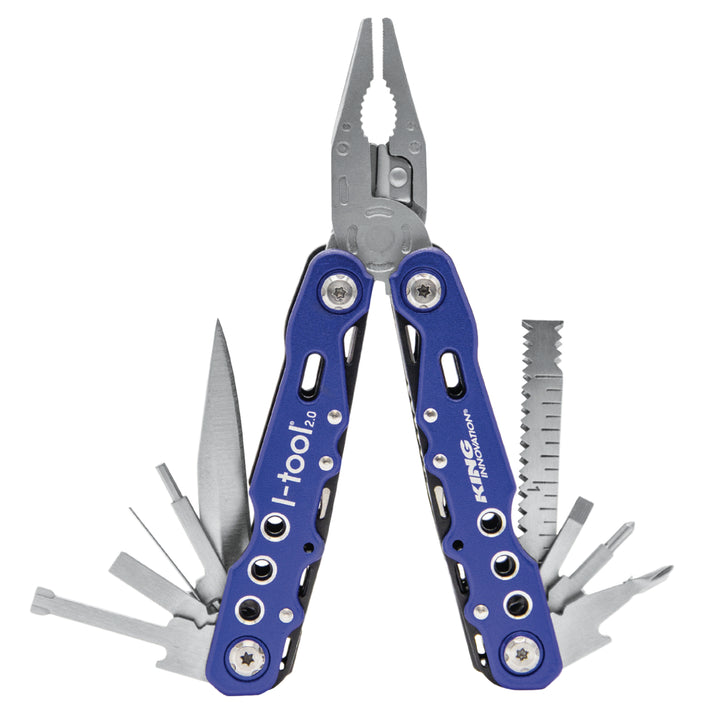Free Shipping orders over $149
Free Shipping
on all orders over $149

Your sprinkler system is a worthwhile investment that needs adequate care and maintenance.
As the freezing winter season approaches, it’s critical to put your sprinklers to bed. Doing so prevents water freezing inside the irrigation pipes and system components which could cause cracks or damage.
Blowing out your system is one of the best methods to ensure your irrigation system is completely dry.
Thankfully, with some know-how, it’s not a complicated task. This step-by-step guide will walk you through the process.
Before we start, let’s talk about why the blow out method is the best for winterizing your system.
The blow out method entails blowing in air at high pressure into the pipes to force all the water out of the irrigation system. The pressurized air pushes any water left in the lines and discharges it through the sprinkler heads.
There’s no chance of any water remaining in the piping, making it the preferred method for winterizing your irrigation system.
With the other methods like the automatic and manual drain methods, there’s no way to ensure that there are no trace amounts of water left inside the pipes.
Leaving even the smallest amount of water poses the risk of cracking or rupturing the irrigation system when the water freezes and expands.
Apart from not eliminating all the water, other draining methods may not always be reliable because underground pipes can move with time.
As the lines shift, they will cause the angle of drainage to change, affecting the gravitational flow of water. This will mean that the water may not drain out.
Here’s how to blow out and winterize your irrigation system.
Before you proceed, you will need to turn off the main water supply. This ensures that no additional water flows into the piping.
Once you turn off the water, you’ll also need to open the hose bib on the main water supply that’s connected to the irrigation system to let the remaining water drain out.

Orbit - 58910 - 1-Dial 2-Port Hose Faucet Timer
If your watering system uses a timer, you will need to shut it down. This reduces the risk of electrical or mechanical faults while the irrigation system is offline.
Depending on the type of timer you use, you can also set it to rain mode. That way, your programming will remain unchanged, and you can simply set it back to how it was after the winter.
Now you’ll need to attach the air compressor to the irrigation system. You will need a flexible hose to connect the compressor (using a coupler).
Close the airflow valves on the compressor and attach the coupler to the end of the air compressor hose, in turn attaching it to the air compressor blow out adapter on the irrigation system.
To blow out a sprinkler system properly, your air compressor should provide a volume of at least 30-50 cubic feet per minute (cfm).
Smaller compressors will not be able to blow air through the underground piping over a long distance. You’ll need to buy or rent a large enough compressor for the job.
Apart from the volume, the compressor must be able to blow pressure at between 40 to 80 pounds per square inch (PSI)
Note: the air pressure should not exceed 80 PSI if you have PVC piping or 50 PSI for polyethylene irrigation systems to avoid damaging the components. Excessive pressure can cause the pipes to burst open.
Ensure that you blow out the zone farthest from the mainline first. This will ensure that you can adequately complete a zone-by-zone blow out.
If your system is on uneven terrain, start your sprinkler blow out with the higher level zones first. The higher zones may need higher pressure, so you need to get them out of the way before lowering the pressure on the compressor.
Close the backflow valves on the irrigation system, then turn on your compressor, keeping your eye on the pressure.
Note: turn the compressor on very slowly and gradually increase the pressure until you reach the recommended PSI requirement for your sprinkler system.
Once the lines start filling up with air, you will see the water coming out of all the water taps attached to the sprinkler line. When all the water sprays out of the open taps, close all of the taps except the one that’s attached to the air compressor.
Remember these important sprinkler blow out safety tips:
Now starting with the irrigation head farthest from the compressor, turn on each sprinkler head. Do this for all the sprinkler heads as you work your way towards the main water line. Shut off each head when it stops spraying water.
Alternatively, you can turn on each zone manually or on the controller. Wait for the water spray to stop, then turn off that zone and proceed to the next.
Take care not to blow out each head or zone for longer than you need to. Once the water spray stops, you need to close immediately.
Once you’re done blowing out sprinkler-by-sprinkler or zone-by-zone, close the shut-off valve on the compressor.
Then alternately open and close the backflow device valves a couple of times to release any pent-up air pressure.
And that’s it — you’re done. Your irrigation system is now ready to take a break for the winter.
Here’s a step-by-step video you can refer to:
Remember to insulate all the above-ground fixtures of your irrigation system to prevent them from freezing.
Using the right tools will make the job easier. Visit the Sprinkler Supply Store to get all your sprinkler equipment.
We have a wide range of tools and accessories, and if we don’t have them in stock, we’ll source them especially for you.
Check out this irrigation multitool, for example. It will come in handy to open and shut most valves or screws on your irrigation system.

King - 46600 - I-TOOL Irrigation Multi-Tool with Carrying Case
Don’t wait. Get in touch with the Sprinkler Supply Store today for excellent service and a wide range of tools and supplies to winterize your system. Don’t take our word for it,here’s what other happy customers had to say: